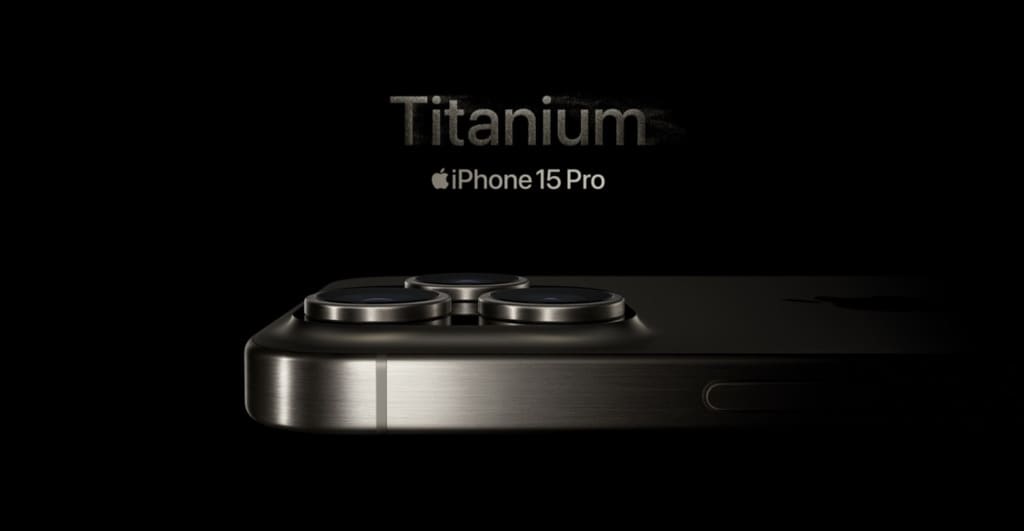Digital transformation. These two words hold so much possibility and potential for positive change, and yet, they can also cause a high level of anxiety. After all, a complete technology overhaul can be a daunting and overwhelming prospect to business owners, their employees, and customers. But digital transformation doesn’t have to be intimidating. In fact, incorporating digital solutions can be instrumental in removing a company’s pain points and vastly increasing its success.
So, what is digital transformation, exactly? It all comes down to using technology to grow a business — or even reimagine it — to be more efficient, nimbler, and yes, more profitable. It’s about infusing your operations with solutions such as:
The result could be connecting with customers in new ways, improving customer experiences, or even changing entire business models to gain operational efficiency. Whether you use it for internal systems or customer interfaces, or both, the point is not to change for technology’s sake, but to harness specific technologies to your advantage to propel your company forward.
Here’s what digital transformation looks like
Digital transformation involves thinking through the challenges that customers, employees, vendors, or other stakeholders face, and then asking, “How could technology eliminate those pain points?” With this in mind, business decision-makers must carefully consider how to reposition their legacy IT infrastructure as well as their human workforce.
To get a sense of the potential improvements digital transformation can offer, it helps to look at some examples of companies that have used tech to jump to the edge of customer expectations, at times redefining them. Here are a couple case studies:
Thanks to the MagicBands, gone are the days of guests keeping up with paper tickets, maps, hotel keys, and wallets. A quick touch of the band opens park turnstiles, unlocks hotel rooms, links to payment cards for dining and merchandise purchases, and enables fast access to popular rides. The radio-frequency technology embedded in the bands connects to a mobile application and map to guide visitors around the park and alert them to ride wait-times. On the operational side, the technology allows Disney World to optimize its staff, admit more visitors to its parks, and collect actionable information about guest behavior.
In response, BBVA rebuilt its technology platform from scratch, updating IT infrastructure that had been pieced together through its previous acquisitions. The new system was designed to support digital banking and allow millions more transactions per day. BBVA also launched new digital services, like BBVA Wallet, where customers could manage payment cards and earn rewards. It changed its network to include smaller, self-service branches, along with larger branches that focused on more-personalized services. It also acquired several fintech firms, including Simple, and partnered with others, like Dwolla.
Examples like these span many industries, from entertainment companies and restaurants to hotel chains and real estate agencies. Indeed, to see these changes you don’t have to look any further than your neighborhood Starbucks: the coffee giant’s move to digitize payments, orders and rewards through its mobile app made it the market leader in mobile payments in 2018.
Developing a transformation strategy
As you can see from the varied examples at work, there is no one-size-fits-all digital transformation strategy. For your business, the impetus could be an industry disruptor that threatens the existence of old players. Or it could be your need for cost savings, the desire to change customer behaviors, or the urge to simplify how your company operates.
No matter the reason or approach, if change is to take root, a company’s top executive must communicate the importance of digital transformation and get the right resources in place. Here’s how to make it happen:
- Start at the top. The call for change should come from top executives, including the CEO. Frame executive communications with optimism meant to permeate the organization, reflecting an unwavering commitment to the new course.
- Delegate responsibilities appropriately. The CEO should designate an individual, such as a chief digital officer, or a team of senior personnel to lead the day-to-day details of digital transformation. Make sure that those involved have combined expertise in technology and organizational management and understand how those work together.
- Onboard experts. Companies embracing digital transformation may need to hire additional staff or utilize consultants to gain the necessary expertise. Rethink existing job descriptions as you see staff turnover, and prioritize digital skills as well as agility, collaboration, and a spirit of innovation in new team members. Increasingly, businesses need employees across the organization who are savvy with social media, are comfortable using a variety of devices and cloud-based software systems, can analyze data, and can embrace a continuous-learning mentality. Advanced digital skills include software development, predictive analytics, and cybersecurity.
- Take a holistic approach. Keep the focus on transformation, not marginal tweaks or piecemeal changes. An approach characterized by small, incremental steps is likely to fail because it lacks momentum and does not produce the kind of changes that decisively convey excitement and success to stakeholders.
- Reset organizational practices. Once a digital strategy is in place, align hiring practices, incentive structures, financial planning, and key performance indicators to reflect the new priorities.
Putting the right technology in place
Once the strategy is in place, it all comes down to the actual technology you’re implementing. Here’s where many of today’s companies are turning.
- Internet of Things. Businesses can harness the Internet of Things (IoT) to improve efficiency. Manufacturers can install sensors on their equipment that alert them to maintenance needs, helping avoid costly breakdowns. Logistics companies can use IoT sensors to manage temperatures of products en route, preventing damage. These kinds of solutions require additional bandwidth, reliability, and security.
- Cloud solutions. For many organizations, digital transformation leans heavily on the cloud. If you’re looking to collect more data or you want to improve operations with new applications, you’ll likely need cloud solutions to leverage IoT and SaaS (software as a service) technology.
- Mobile access. Becoming more digital often means that employees will need to rely more on mobile access to the network while they’re on the go. This, too, can burden existing network capacity. Sufficient bandwidth is essential to ensure that applications central to digital transformation function reliably and quickly, and regardless of location.
- WAN re-architecture. Our March 2017 survey with IDC of more than 805 network management executives from midsize and large companies with multiple locations found that more than 83 percent believed digital transformation deployment would require a re-architecture of their wide-area network (WAN). The reasons for this re-architecture include increased bandwidth demands, cost considerations, and security and reliability concerns. Maximizing the cost-benefit ratio with SD-WAN
A key challenge for organizations and their carrier partners, according to IDC, is to deliver the necessary higher-network capacity without significantly increasing costs. The cost of adding bandwidth via multi-protocol label switching (MPLS) can be substantial. MPLS is a WAN technology that directs data in efficient, pre-determined routes. Large organizations have relied on MPLS because of its speed, reliability, and security.
However, software-defined wide area network (SD-WAN) has emerged as an effective solution as enterprises seek additional bandwidth without sinking their digital transformation efforts due to cost and complexity. SD-WAN routes data on more affordable broadband, which is easier to provision and modify than MPLS and reduces the need for hardware. SD-WAN is secure and reliable. It also enables organizations to manage their network traffic through an intuitive app and modify it with a point and click.
SD-WAN can be a good fit for companies whose digital transformation has made them increasingly reliant on the cloud. Companies that require legacy MPLS on an ongoing basis for specific network needs can combine it with SD-WAN to leverage the benefits of both technologies.
Forging ahead
Whether your business strategy is simply a matter of modernizing legacy systems, or it’s a completely new way of serving your customers, the benefits of digital transformation are limitless. Implementing new technology solutions takes a lot of forethought, but the results can mean happier customers, more productive employees, and a better bottom line.
The Human Side of Digital Transformation
Organizations embarking on sweeping changes to their IT infrastructure must not overlook the human element. After all, change is hard for everyone, and your staff may need guidance and support to usher in new ways of doing things. Employees must become enablers of change while digital transformation is in the works, and any such strategy should carefully consider how human resources will shift.
As with most types of organizational change, employees and the company culture need to align to ensure its success. In the Logicalis 2017-18 Global CIO Survey, 56 percent of chief information officers at 890 organizations identified organizational culture as a leading barrier to digital transformation – it ranked higher than any other barrier in the survey, including cost (50 percent) and complex legacy technology (44 percent).
Without addressing this challenge effectively, digital transformation might not succeed. Here are some tips for managing this challenge:
- It’s essential that the CEO empowers people to make it happen and removes barriers along the way.
- Drivers of digital transformation should engage with staff at all levels regardless of their digital proficiency. Avoid overly technical jargon that can cause employees to disengage, and offer training and support where needed, or wanted.
- Human interactions will always matter, even as automation enhances efficiency. Organizations should value and empower employees who will be the face of the company to customers and partners.
- Find ways to encourage, build, and incentivize technological skills among existing staff. Offer training and educational resources.
As companies improve their digital capabilities and shift their organizational culture to a digital mindset, they’ll likely have a better chance of attracting and retaining talent.




